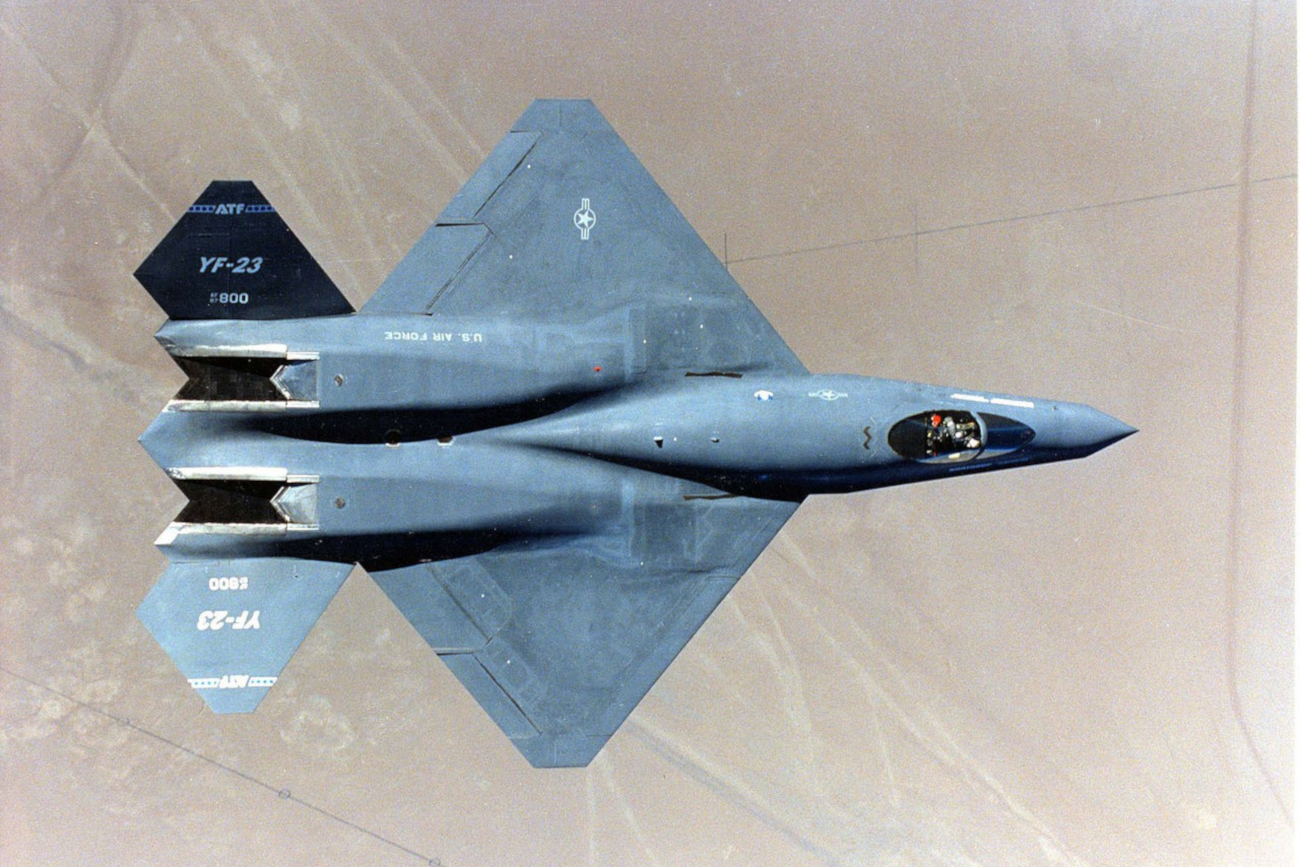
- Select a language for the TTS:
- UK English Female
- UK English Male
- US English Female
- US English Male
- Australian Female
- Australian Male
- Language selected: (auto detect) - EN
Play all audios:
After months of debate and legal maneuvering, the Navy on Thursday detonated a 10,000-pound underwater explosive in the first “ship shock” trial of a new class of destroyers about 85 miles
southwest of Point Mugu, officials said. Navy officials said the 11:45 a.m. blast apparently caused no deaths or injury to marine mammals in the area, which environmentalists have described
as teeming with sea life. Lt. Cmdr. Frank Thorp said a Navy tugboat towed the 10,000-pound charge a short distance away from the John Paul Jones, a new Aegis-class guided missile destroyer.
The explosive was detonated at a depth of about 200 feet. “We believe this test was a complete success,” said Thorp. “I think it proves that we can conduct these kinds of operations safely
and that we were being honest when we talked about our concern for the marine environment and mammals who live there.” Thorp said the test had been delayed almost two weeks because of bad
weather or encounters with marine mammals. Joel Reynolds, senior attorney for the Natural Resources Defense Council, a nonprofit environmental group that had fought in federal court to
restrict the testing, said he was relieved to hear that no marine mammals were injured. “We continue to be concerned about potential impacts of ship shock testing,” Reynolds said. “We are
relieved that this test was conducted off of the continental shelf and away from the Channel Islands and in very deep water. But obviously, extensive post-test monitoring will be essential.”
Under a federal court settlement made public May 2, the Navy was allowed to conduct four 10,000-pound “ship shock” tests while it prepared a full environmental impact report on the testing
program. Initially, the Navy proposed as many as 270 underwater detonations over a five-year period. After Thursday’s detonation, the program will be on hold for at least nine months while
the EIR is being prepared. Joining the defense council in the lawsuit against the Navy was Save the Whales, American Oceans Campaign, the Humane Society of the United States and Heal the
Bay. The National Marine Fisheries Service approved the testing. Alan Godley, a Ventura-based environmental activist, said he doubted the Navy’s claim that no marine mammals were injured or
harassed by the detonation. “Just because the Navy is saying that no damage occurred doesn’t mean that it didn’t happen,” Godley said. “It could take weeks or months or longer before we know
what kind of damage this explosion caused.” The testing program, which was mandated by Congress, is intended to test the strength of ship hulls and internal electronics packages, and
ability of crews to survive in simulated battle conditions. Thorp said that neither the John Paul Jones, its crew nor an estimated 180 civilian scientific and environmental observers were
harmed by Thursday’s test. As a precaution, the group of marine biologists and veterinarians will stay at the test site until late today to watch for any dead or injured marine mammals that
may not have been initially observed. MORE TO READ







